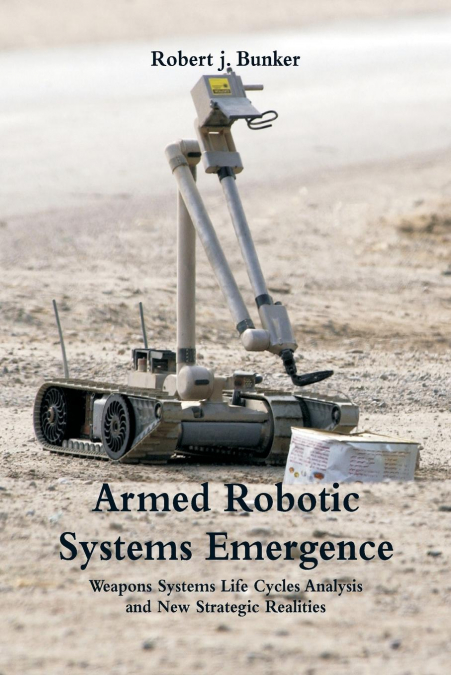
Robert j. Bunker / Robert jBunker
The fielding of armed robotic systems--droids and drones that are teleoperated, semi-autonomous, and even autonomous--has been slowly but surely transitioning from pure science fiction into military reality on the battlefields of the early 21st century. These systems currently have no artificial intelligence (AI) whatsoever and, in most cases, are simply operated by soldiers (and on occasion terrorists and insurgents) utilizing hardline cables and laptop-like controllers, although wireless and satellite systems exist for the more sophisticated national armed drone programs. Near-term future prototypes are likely to have, at best, independent response capabilities similar to a trained animal, due to the incorporation of expert system programming. Projections out even further, however, have raised concerns that these emergent weapons systems, possessing semi-autonomous and autonomous capabilities, could ultimately have the potential to evolve beyond the machine stimulus and response level, eventually incorporating varying degrees of weak AI, and one day possibly even achieving a basic form of self-awareness. [...] In summation, the strategic implications of the robotics revolution upon us cannot be overstated. The robots are not only coming--they are here--and for future U.S. national security requirements, we will need to have a military mastery over them. Hence, our present and future decisions related to armed robotic systems emergence on the battlefield--and the command and control (C2) methodologies directing them--will result in near-term and future force structure end states that will have a fundamental impact on the U.S. conduct of war in the coming decades. These decisions will be a major determinant concerning the ability of the United States to retain dominance as the primary global military power well into the mid-21st century.